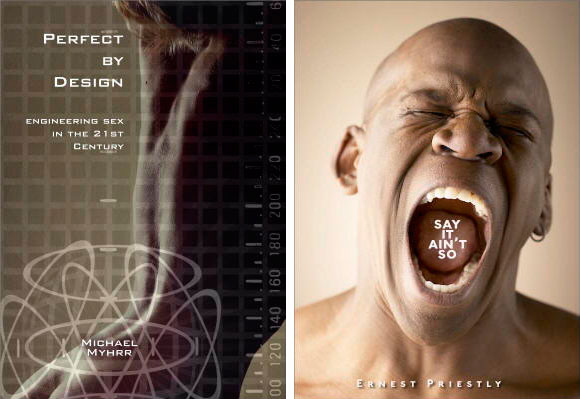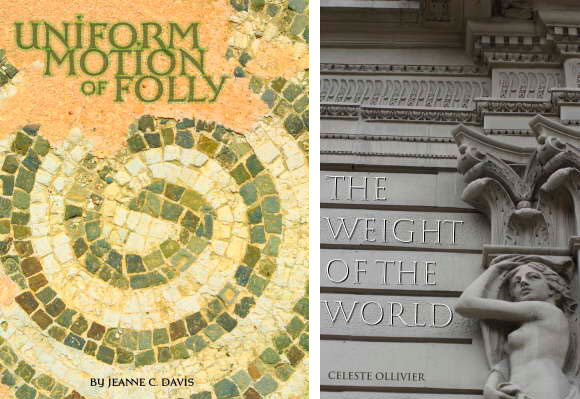We know you’re already judging this cover. That’s the whole point. That’s what book buyers (and reviewers) do. That’s why your want your cover to stand out, surprise, delight, even shock. Otherwise it’s off to the remainder bin for you! That’s what Daniel Will-Harris does. Well ok, he does more than that, but his best part, what I really love is his cover designs. Because Harris’s covers not only get your attention, they communicate, in a split second, the content and tone of the book.
MoMA called Will-Harris “a computer graphics pioneer,” and his work “truly unique.”
Daniel Will-Harris is a computer graphics pioneer who literally wrote the book on computer typography, design and publishing in print and on the web.
He invented the EsperFonto system which created a new paradigm in typeface selection. He has designed award-winning books and book covers for major publishers, visual systems for the entertainment industry and identities for restaurants listed among the top 50 in the country. He has written and edited seven best-selling books, as well as international design publications. He is currently at work writing and designing his second book of short stories, creating a cutting-edge clothing line called “Under Cover” and a series of of “souvenirs of imaginary places,” and acting in independent films. (via pprojects watches)
“I know sometimes you can tell a book by its cover, and I was so knocked out by the smart, funny, and totally engaging cover of The Laughter & Sadness of Sex that I couldn’t stop looking at it.” Caroline Leavitt, author of Girls in Trouble and Coming Back To Me, Book columnist, The Boston Globe and Imagine Magazine.
“Will-Harris’ covers are uncannily good. They convey the book in a split second. I’ve had people tell me that they’ve picked it up because the cover attracted their attention. Will-Harris gets into people’s heads in a way that’s unexplainable.” Christopher Meeks, author The Laughter & Sadness of Sex, Writing Professor Cal Arts.
“Daniel’s work is deceptively simple. Nothing touches the page or screen unless it fulfills a meaningful purpose. After looking at a design, you’re apt to feel: “It’s exactly what I wanted–but executed far better than I thought it could be.” Roger Parker, author of the best-selling Looking Good in Print.
















